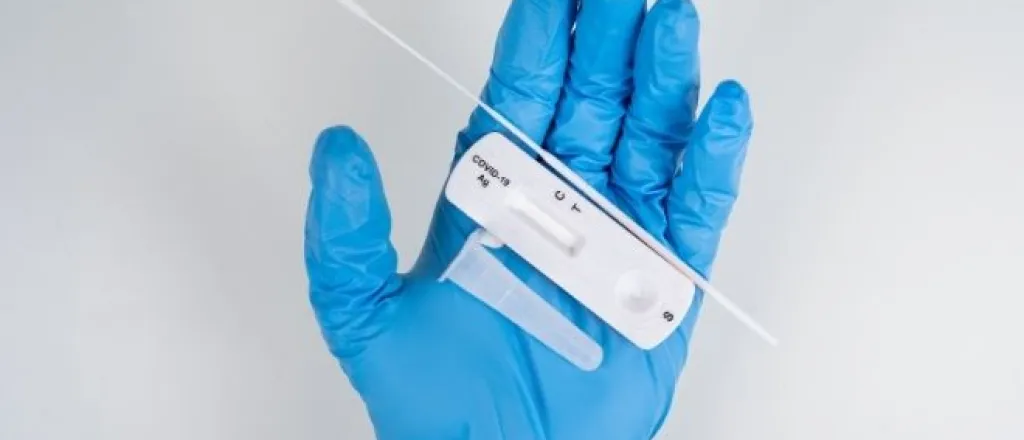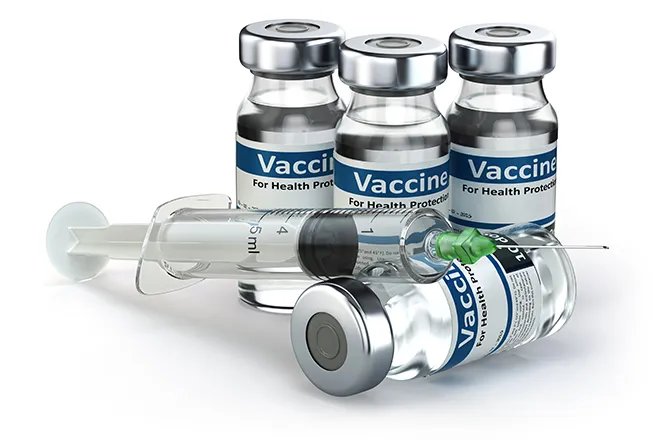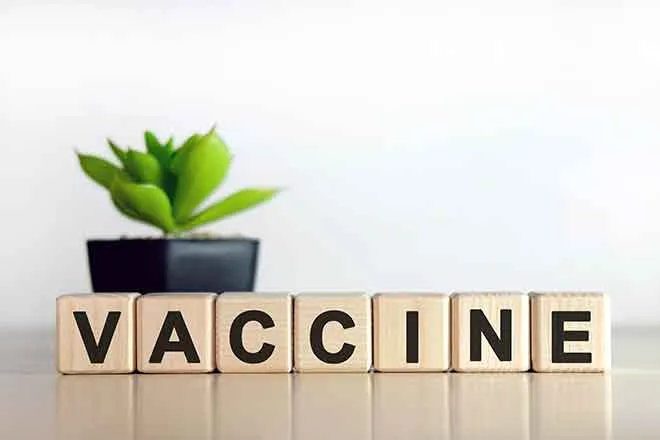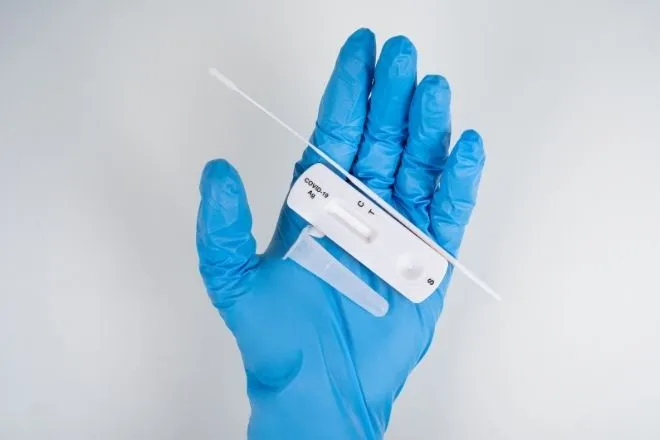
How to properly use a lateral flow test for COVID-19
Lateral flow tests are an effective way for people to identify whether they have COVID-19. They provide results using a method that’s similar to pregnancy tests. If you are asymptomatic but want to determine if you have COVID-19, you can use a lateral flow test. It will tell you if you need a PCR test. Knowing how to properly use a lateral flow test for COVID-19 is the first step toward getting your results.
Before Taking the Swab
Before taking the swab, there are a few steps you must go through to get the most accurate results. Begin by reading the kit’s instructions. Then, sanitize your hands or wash thoroughly with soap. Place all the items from the kit in a clean location to prepare for the test. If necessary, fill the tube with the provided liquid and close the lid. Then, place the tube in the tube holder. Blow your nose and wash your hands again.
Taking the Swab
Some tests will require throat swabs. To perform these, open your mouth as wide as possible and rub the swab over your tonsils. If you've had your tonsils removed, you can rub the swab over where they would have been. Try to avoid letting the swab touch your teeth, tongue, or gums.
If you only have a nasal swab test or are using a test that requires both a nasal and throat swab, use the swab to then wipe the inside of your nose, as outlined by the instructions included in the test kit.
Completing the Test
To complete the test, place the end of the swab into the tube of liquid for the indicated amount of time. Then, squeeze the liquid onto the test strip. Wait the proper amount of time according to the test kit, then read your results. It's very important to only read results during the time indicated by the test. Report the results as required.
Considerations When Performing the Test for Someone Else
If you need to know how to properly use a lateral flow test for COVID-19 on someone else, it is pretty simple. You will need to follow the same instructions as if you were administering the test on yourself. It can help to talk them through the steps as you go so that they know what to expect. Keep yourself calm, even if they are not, and stop the test if you notice that the other person is distressed. It is crucial to use separate test kits for different people to prevent contamination.

















